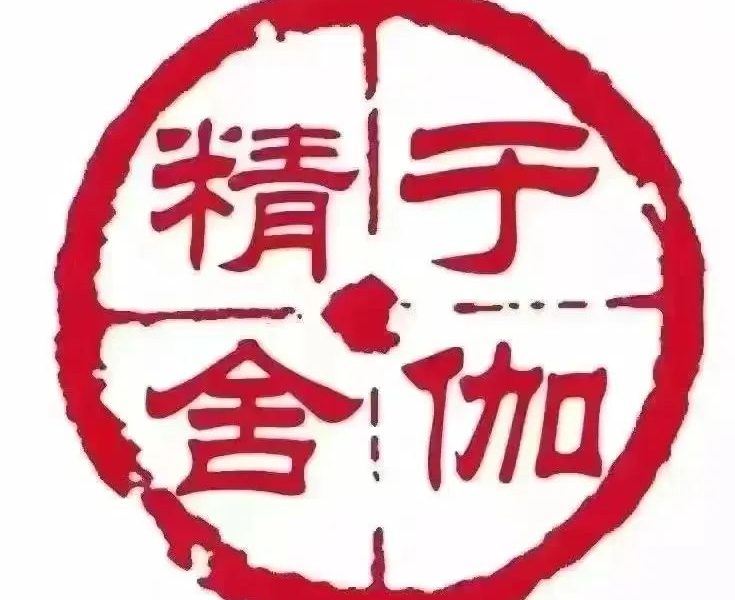Modern people’s life basically has great work pressure and family pressure.
If these pressures are not released and accumulate over time, they are easy to cause sub-health and even serious diseases.
Therefore, now many people also begin to pay attention to health preservation slowly.
Many sports and fitness lovers, as well as a group of young white-collar workers in the office, will choose yoga as a way to relax their body and mind and improve their physique.
Today, I will lead you into yoga to understand the basic concepts of yoga and the basic classification of asanas.
What is Yoga? Yoga originated in India.
The word yoga is pronounced from the Indian Sanskrit Yug or yuj, which means “consistency” or “combination”.
The moral of yoga is to improve one’s physical, psychological, emotional and spiritual abilities by improving one’s self-consciousness.
Let people achieve a harmonious unity of body, mind and spirit, which is also the ancient saying of the unity of heaven and man.
In short, yoga is not only a kind of meditation, but also not limited to a certain pose.
It is a health management model for people to achieve a certain balance in body, mind and psychology.
It is a comprehensive sports discipline.
Many times, we go to yoga halls and gyms to practice yoga.
We are more exposed to some simple postures.
In fact, there are many categories of yoga postures.
Let’s explain them one by one.
1.
Hatha Yoga (traditional yoga) in the word Hatha, “ha” means the sun and “Ta” means the moon.
It represents the balance of male and female, day and night, yin and Yang, cold and heat, and any other two complementary opposites.
By exercising equal flexibility and strength at both ends of the body, you can enter a state of balance.
It is most suitable for beginners to achieve the purpose of training through body posture, breathing and relaxation skills.
It is beneficial to the nervous system, various glands and internal organs.
Its purpose is to promote rhythmic breathing and develop the body’s potential.
2.
Physiotherapy Yoga (also applicable to women, pregnant women and postpartum) is a systematic yoga posture to assist in the treatment and prevention of certain mild or chronic diseases.
Including flow yoga and Yin Yoga.
Flow Yoga emphasizes the harmony between movement and breathing.
Each movement should stay for a long time and experience the feeling of the body.
In the process of practice, it stretches the body with a smooth movement combination like running water.
It focuses on stretching, strength, flexibility, balance and endurance, Comprehensive exercise of concentration.
The connection between its postures gives people a sense of completion at one go.
Yin Yoga is based on yoga practice and experience, combined with medical advantages, and combines the essence of Chinese Taoism and martial arts.
Yin Yoga emphasizes the relaxation of the whole body, empties all distractions, combines slow and natural breathing, maintains movement for a long time, exercises bones and their connecting tissues, regulates the nervous system and enhances endurance in the state of complete muscle relaxation, so as to achieve the unity of body and mind.
3.
Slimming yoga (Pilates, ball yoga) has four functions, namely conditioning, detoxification, fat reduction and beauty.
Yoga postures can stretch muscles and ligaments of the whole body, shape beautiful body lines and maintain a slim and flexible figure The simple and easy to learn movements make it easy for every beginner to master, and can receive obvious weight loss effect in a short time.
4.
Air Yoga uses air Yoga hammock to complete hatha yoga asana.
The exerciser feels the body weight, deepens the stretching, resistance and orthostatic ability of the pose, has efficient relaxation, healing and slimming effects, and is more interesting and interactive.
5.
As the name suggests, double yoga is that two people jointly participate in the cooperative practice of yoga movements.
Through the coordination of breathing and movements, they borrow each other’s energy and work together to achieve balance between each other’s bodies and better complete some difficult postures…

